Back to Courses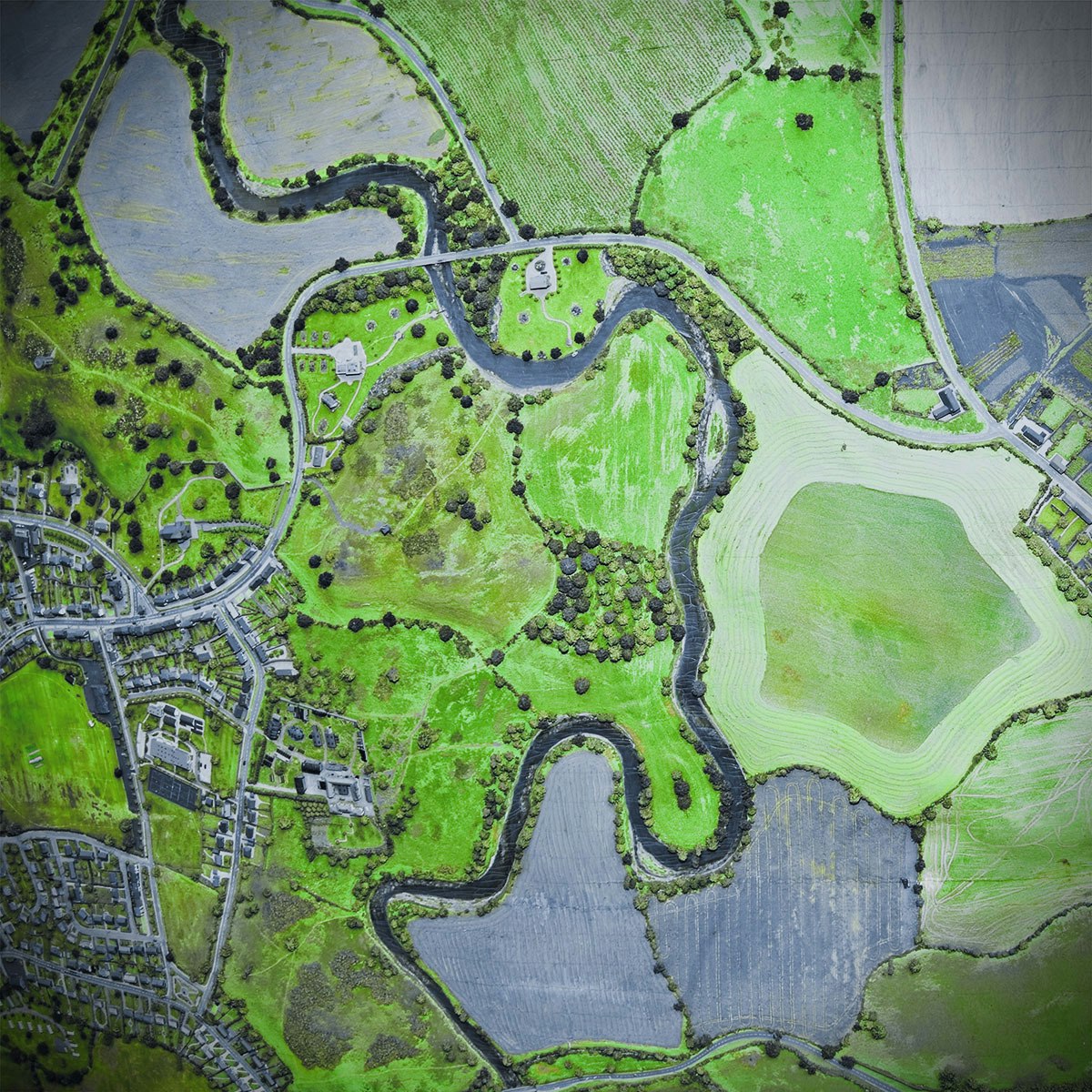
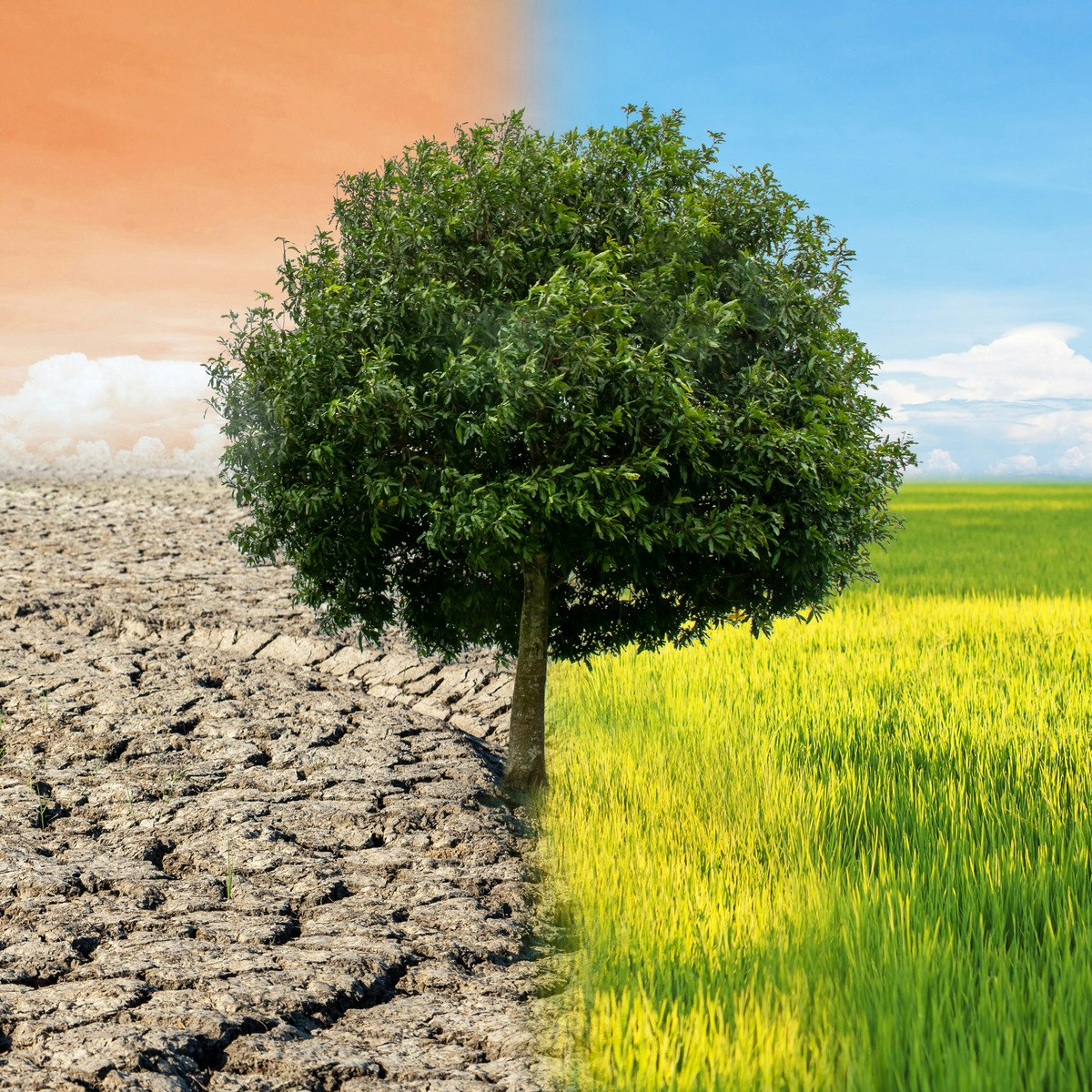

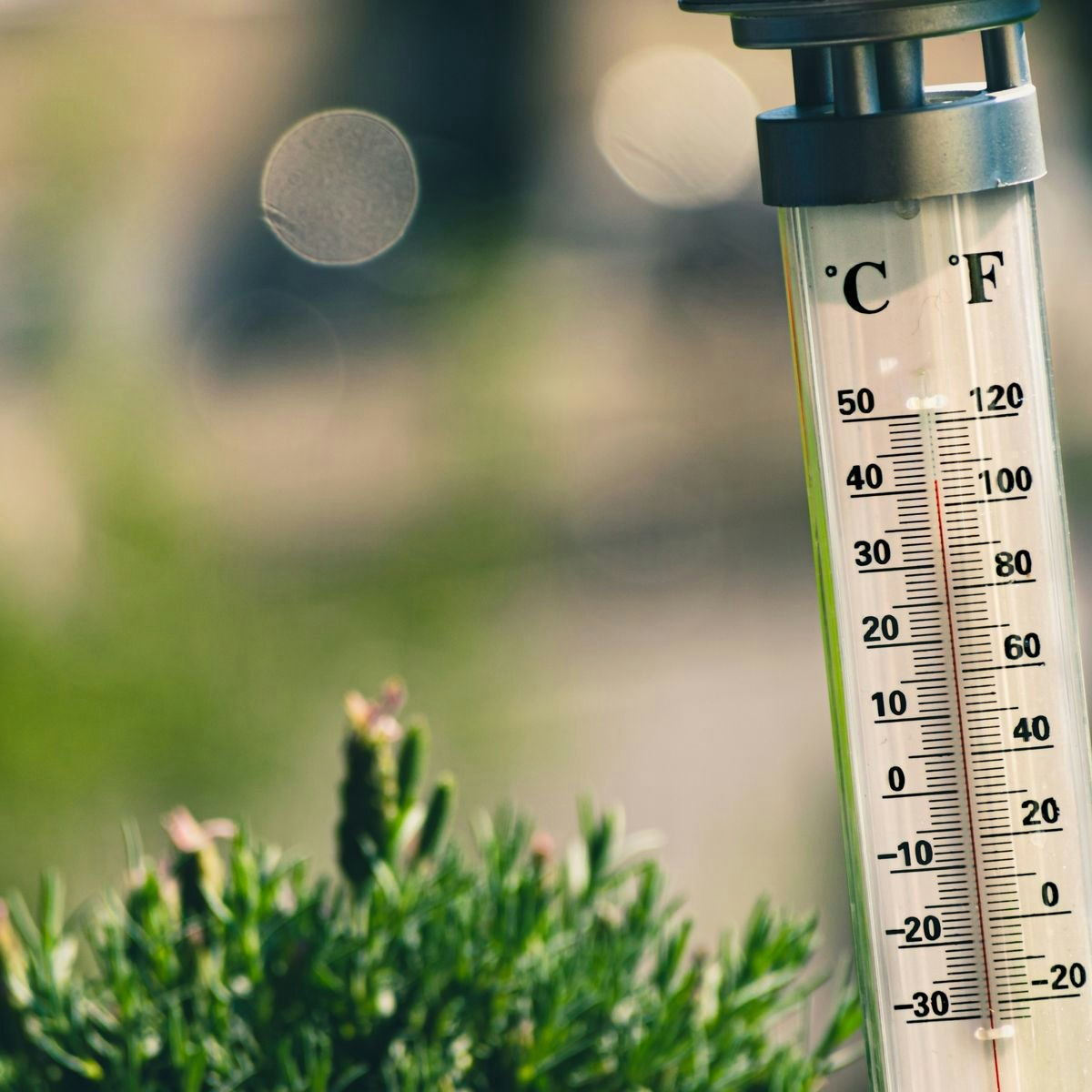
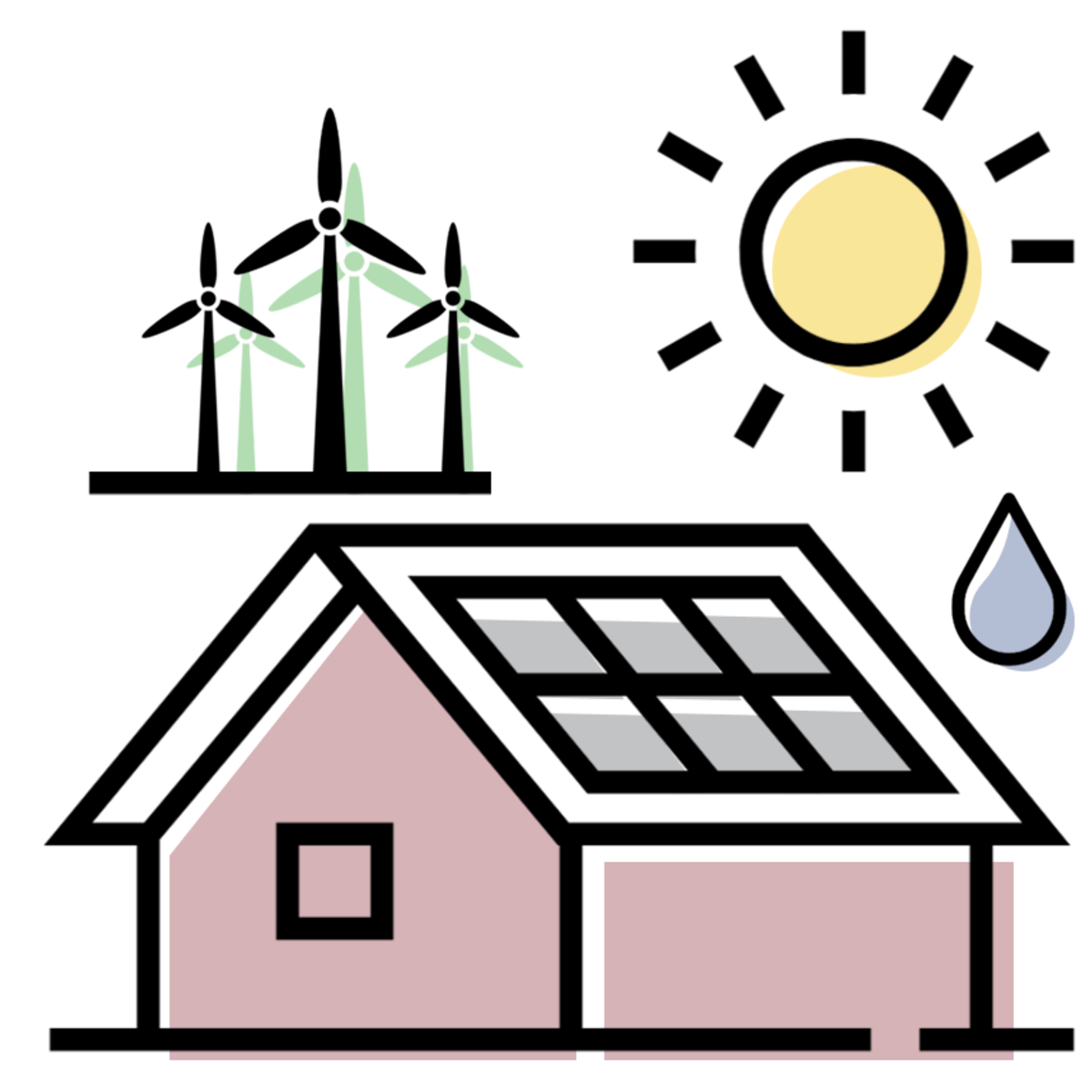



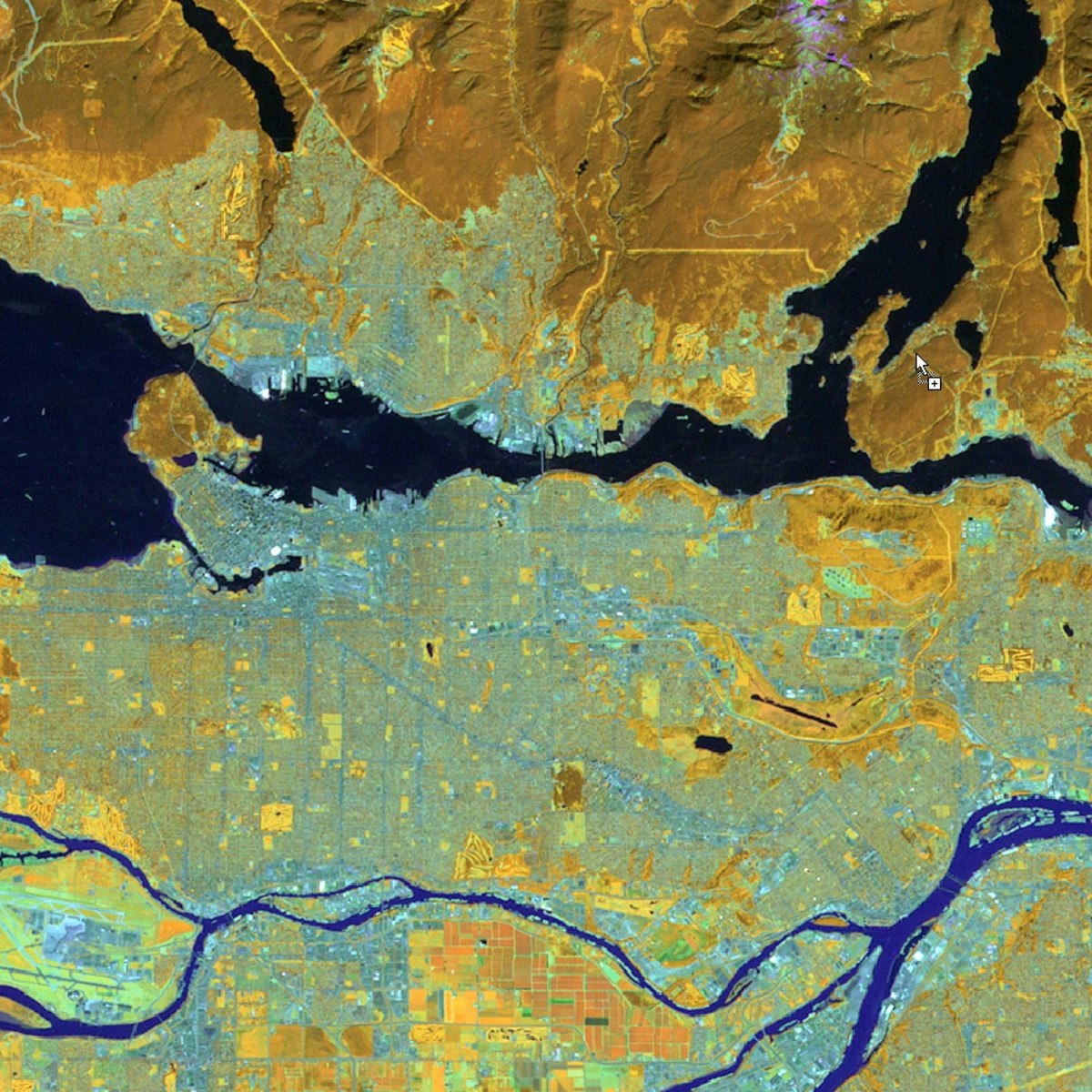
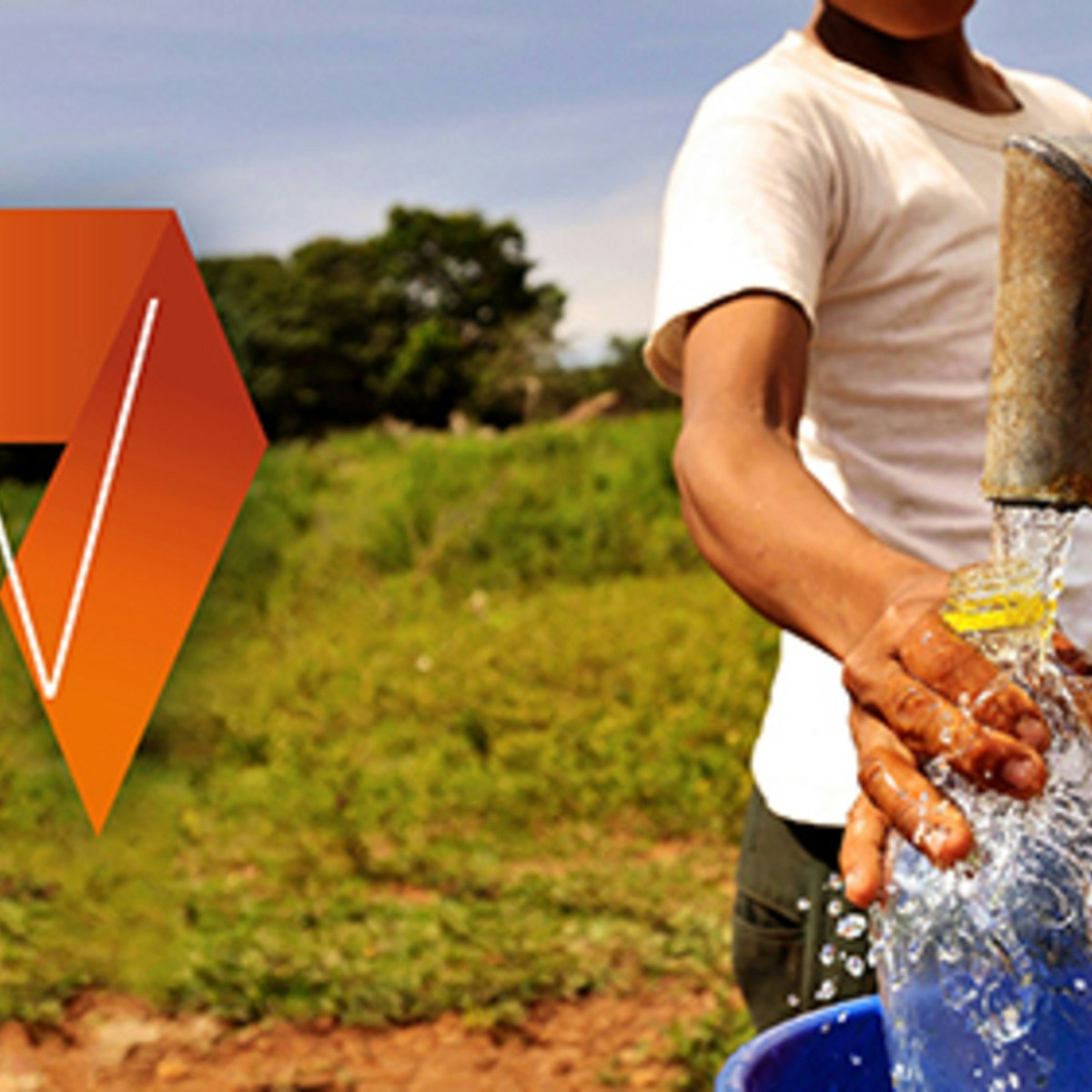
Environmental Science And Sustainability Courses - Page 12
Showing results 111-120 of 151

Ecosystem Services: a Method for Sustainable Development
Ecosystem services are a way of thinking about – and evaluating – the goods and services provided by nature that contribute to the well-being of humans.
This MOOC will cover scientific (technical), economic, and socio-political dimensions of the concept through a mix of theory, case-studies, interviews with specialists and a serious-game. By the end of this course, our aim is to enable you to:
• define the concept of ecosystem services, its principles and limitations
• understand the key services associated with any ressource (e.g., fresh water) through readings and case-studies
• appreciate the advantages and potential risks of monetising ecosystem services
• appreciate the social dimensions (power issues, cultural biases) embedded within any method
• integrate tactical advice on mainstreaming this approach into policy and standard government practices
• Optional: learn how to map ecosystem services with GIS tools
The session that runs May 29th- July 10th will be actively monitored by the instructors, and learners will have the opportunity to ask questions.
This course was developed by instructors from the University of Geneva with the help of numerous researchers and input from the Geneva Water Hub and the Natural Capital Project. The course was financed by the University of Geneva, the Global Programme Water Initiatives of the Swiss Agency for Development and Cooperation (SDC), and the Luc Hoffmann Institute.
This MOOC is supported by the Geneva Water Hub and the University of Geneva along with the MOOC in « Water Resources Management and Policy » (www.coursera.org/learn/water-management) and the one in « International Water Law » (www.coursera.org/learn/droit-eau).
We look forward to you joining us!

Science and Engineering of Climate Change
Global warming is one of the most significant challenges of the century and tackling it in the most effective way requires a good understanding of its physical, social and financial aspects. The Science and Engineering of Climate Change course offers an introduction to the science of climate change and to the existing technologies to mitigate its effects.
Are we sure that the climate is changing? How confident are we that climate change is anthropogenic? Are we heading for a climate catastrophe? Why are greenhouse gases associated with global warming? What options do we have to cope with these facts? Which of the many proposals are realistic, and which are just wishful thinking? By the end of this course, you will have the necessary conceptual tools to provide your own answers to these questions.
This MOOC is divided into four modules. With the first two you will understand how scientists measure climate and its evolution, how climate models work and how greenhouse gases within the atmosphere play a central role in determining the climate. The last two modules introduce the main technologies that can be used to reduce carbon emissions and carbon concentration in the atmosphere, and, in the light of the facts explained in the first part of the course, explain how these technologies can be best combined.
The MOOC is for those who want to understand not only the basics of climate-change science, but also what we can really and effectively do to curb the present trend in the planet’s temperatures. No previous knowledge is required.

Alternative Mobility Narratives
Ready to imagine a radically different mobility future? This course is about the stories that we tell ourselves about why and how we move. By critically examining our current narratives, we help you think about mobility in a new way. Using systems dynamics modelling, we explore how a mobility innovation (of your choice) impacts our mobility system as a whole, for better or for worse. This course will invite you to reflect on our mainstream mobility narrative built on engineering and economics. But warning: you may end up never looking at mobility in the same way again!
This online course is supported by the EIT Urban Mobility’s Competence Hub. EIT Urban Mobility is an initiative of the European Institute of Innovation and Technology (EIT) that has been working since January 2019 to encourage positive changes in the way people move around cities in order to make them more sustainable and liveable places.

What is Climate Change?
In this course, learners will become familiar with the scientific evidence that demonstrates human-caused climate change. We will explore how greenhouse gases cause the Earth to warm, and why our recent warming is attributed to human activities. We will also discuss where our climate is headed, including anticipated future temperature, precipitation, and sea level. Learners will engage with the consequences of these changes on our ecosystems, infrastructure, and communities. We will also identify how political beliefs influence our attitudes about climate change, and apply that knowledge to become better climate communicators.
Exploring Renewable Energy Schemes
What do you picture when you hear the term “renewable energy?” Do you imagine fields of solar panels, giant windmills, or huge hydroelectric dams? Those are all examples of large-scale, grid-tied systems. In this course, we’ll go much smaller and focus on off-grid, stand-alone systems.
We will explore the key components of photovoltaic, wind, and hydroelectric systems. We will examine photovoltaic, or PV, system components, and the scientific laws essential to understanding how renewable energy systems work. We will discuss wind energy and low-head hydroelectric systems, focusing on small-scale implementations. During our exploration of these systems, we will focus on safety and regulating bodies that guide proper system design. Throughout the course, you will be able to apply what you’re learning by conducting an energy audit to analyze power consumption, identifying essential system components of small-scale systems, building a budget for a small-scale system design, and creating a design for implementing a small-scale system.

Economics and Policies of Climate Change
Being aware of the urgency and importance of climate change is not enough to tackle it effectively. To avoid the worst climate outcomes, decisive action has to be taken. But what realistic options do we have? Since our resources are limited, is it better to act now or wait until we have more advanced and less expensive technology? How big do our abatement efforts have to be?
This MOOC will help you understand how economists try to answer these questions and find the optimal course of action. Most important, it will give you the conceptual tools to draw your own conclusions.
In the first part of the MOOC, you will learn about the two main approaches used by economists to determine when and how much we should invest in the fight against climate change. The first method is the net-present-value approach. Here the social discount rate plays a central role in determining optimal policy, by showing how future benefits and costs can be compared and made comparable (‘present-valued’) with expenditures today. In the second approach you will learn how Integrated Assessment Models (IAMs) work. In particular, you will study in detail the strengths and weaknesses of one of the most popular IAMs, the DICE model, developed by Nobel laureate Professor Nordhaus. This model tries to figure out the optimal course of action by providing a simplified account of the science, the technology and the economics of the problem.
The second part of this MOOC then explores the different types of economic policies that decision-makers can adopt. You will be introduced to different methods used to control emissions, such as carbon taxes, regulations and standard-setting. You will also learn about the most developed emissions trading markets around the world and their effects on the economy.
This MOOC is for those who wish to understand the economics of climate change and use this understanding to form their own informed opinion about the policies on which we can rely to tackle it. It is not necessary to have specialized prior knowledge, apart from basic familiarity with economic concepts such as utility functions. We do suggest, however, taking the first MOOC of this specialization before starting this one in order to gain a simple but solid understanding of the physical and technological aspects of the problems.

Aeroecology: Exploring Biodiversity with Radar
Learn how aeroecology, a discipline that studies airborne life forms, has been revolutionised with the use of radar with this unique course. This course is designed to help scientists, researchers as well as ecology enthusiasts to develop skills in using radar to explore biodiversity.
You will explore the origins and evolution of radar from a military technology to a powerful tool with multiple scientific applications, including aeroecology. You will then be introduced to studying global biodiversity trends and learn how to evaluate traditional methods and emerging technologies used by scientists to monitor the natural world.
You will then delve deeper to understand how radar science can be used to measure and monitor biodiversity and evaluate its advantages over existing methods of biodiversity measurement.
Through real life case studies, you will learn how to interpret data visualisations and radar data output, how to quantify the biomass of species, and you will discover the taxonomic limits of the technology.
By the end of the course, you will have explored how this new field of study can be used to transform biological and agricultural research as well as inform environmental regulation and policy.

Disaster Preparedness
Have you ever viewed a news report depicting the aftermath of a devastating natural disaster? The damage to human life and property are both staggering and heartbreaking. All parts of the world face the possibility of floods, hurricanes, tornados, fires, landslides, earthquakes, tsunamis, and other natural phenomena. Are you prepared if disaster would strike you? This course will help you prepare!
The course is appropriate for any learner who is proactive about developing the core competencies of disaster readiness and survival planning. It is especially useful if you are seeking techniques that can ensure your personal protection, as well as the safety of your family, property, and belongings, during a natural disaster. In addition, it offers essential preparation for a variety of emergency situations and inconveniences, even if you do not live in major tornado, flood, hurricane, tsunami, or earthquake zone. For instance, could you and your loved ones manage without access to potable water, electricity, fuel, and banking facilities? If you are unsure of your ability to respond in any of these possible scenarios, this course is for you!
Throughout the course, you will be introduced to the Disaster Cycle, specifically the Mitigation and Recovery phases, and will create an extensive personal preparedness plan for survival in the absence of common amenities, such as food and water, shelter, and communication. You will also acquire practical, easy-to-apply strategies for maintaining a healthy attitude during disaster which can allow you to remain calm, avoid panic, and draw upon inner and outer resources in dire circumstances. Although death may be an inevitable outcome of extreme circumstances, a balanced outlook can provide comfort for all parties involved. Finally, issues of how institutions and governments can aid in disaster are also discussed.
If you are interested in this topic you may be interested in other online programs at the University of Pittsburgh School of Nursing. Learn more about those programs by visiting our website: http://www.online.pitt.edu/programs/school-of-nursing/

Spatial Analysis and Satellite Imagery in a GIS
In this course, you will learn how to analyze map data using different data types and methods to answer geographic questions. First, you will learn how to filter a data set using different types of queries to find just the data you need to answer a particular question. Then, we will discuss simple yet powerful analysis methods that use vector data to find spatial relationships within and between data sets. In this section, you will also learn about how to use ModelBuilder, a simple but powerful tool for building analysis flowcharts that can then also be run as models. You will then learn how to find, understand, and use remotely sensed data such as satellite imagery, as a rich source of GIS data. You will then learn how to analyze raster data. Finally, you will complete your own project where you get to try out the new skills and tools you have learned about in this course.
Note: software is not provided for this course.

Introduction to Household Water Treatment and Safe Storage
It is well known that water treatment at the household level can lead to dramatic improvements in drinking water quality. But does Household Water Treatment and Safe Storage (HWTS) also have global relevance? What are the potential treatment solutions and how do they function? Is there a standard strategy for successful HWTS implementation, or can we identify key components which make programs more likely to succeed?
In this course you will learn about the most important water treatment methods at household level, successful implementation strategies and about assessing the impact of HWTS.
MOOC SERIES “SANITATION, WATER AND SOLID WASTE FOR DEVELOPMENT” : This course is one of four in the series “Sanitation, Water and Solid Waste for Development".
FRANçAIS: Dans ce MOOC, vous allez apprendre les plus importantes méthodes de traitement de l'eau au niveau des ménages, les stratégies pour une mise en œuvre réussie et l’évaluation de l’impact du traitement et stockage sûr de l'eau à domicile.
ESPAñOL: Aprende acerca de los métodos más importantes de tratamiento de agua a nivel domiciliario, de estrategias de implementación eficientes y de la evaluación del impacto del tratamiento doméstico y almacenamiento seguro del agua.
Popular Internships and Jobs by Categories
Browse
© 2024 BoostGrad | All rights reserved


